Top 10 Linux Distributions for Servers in 2023
Linux operating system is a popular choice for servers – and for multiple reasons. First, it’s free (with exception of a few commercial distributions such as RHEL and SUSE Linux Enterprise Server ) and open-source. Its open-source nature implies that developers can view its source code, modify it and redistribute it according to the laid-out license terms. In addition, Linux is generally considered stable, versatile, and more secure than Windows. Furthermore, it can easily be deployed across various platforms such as bare-metal, virtual, and cloud environments.
In this article, we highlight the top 10 Linux distributions for servers.
1) Red Hat Enterprise Linux (RHEL)
Red Hat Enterprise Linux, abbreviated as RHEL, is a commercial Linux distribution that was developed specifically for enterprise environments. It is a performance-driven, reliable, and secure operating system that provides enhanced usability and seamless deployment which makes it ideal for server environments.
RHEL supports a wide range of workloads in bare-metal, virtual, and cloud environments. In fact, it’s the world’s leading open-source solutions provider offering a myriad of products including Red Hat OpenShift, Ansible automation platform, Open hybrid cloud, JBoss Enterprise Application Platform, and SAP to mention a few.
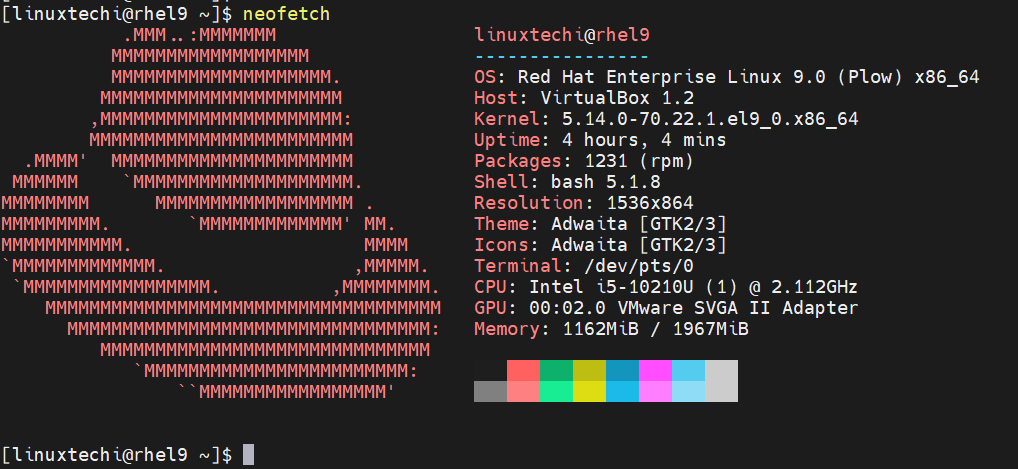
2) Ubuntu Server
Developed and maintained by Canonical, Ubuntu is one of the most popular and widely used Linux distributions. It is a Debian-based Linux distribution that is absolutely free and open-source and is renowned for Its Desktop edition which is intuitive, user-friendly, and considered ideal for learners and beginners. Ubuntu comes in 3 editions namely; Desktop, Ubuntu Server, and Core.
While the Desktop Edition enjoys massive global usage, the Server edition also offers a solid platform for server environments. First, it can be deployed in any environment, be it on a physical, virtual, or cloud environment with extensive scale-out functionality. This implies you can add resources on the go to meet evolving demands.
And since the server version is completely stripped down without any GUI, it’s relatively lightweight leading to low resource overhead. This means low CPU and memory usage. This consequently leads to improved performance and enterprise-grade stability.
Apart from installing it on physical data centers and virtual servers, Ubuntu server is available in public clouds such as AWS and Azure. According to Canonical, 55% of OpenStack clouds run on Ubuntu. In addition, you can have your own managed Openstack cloud for a fee.
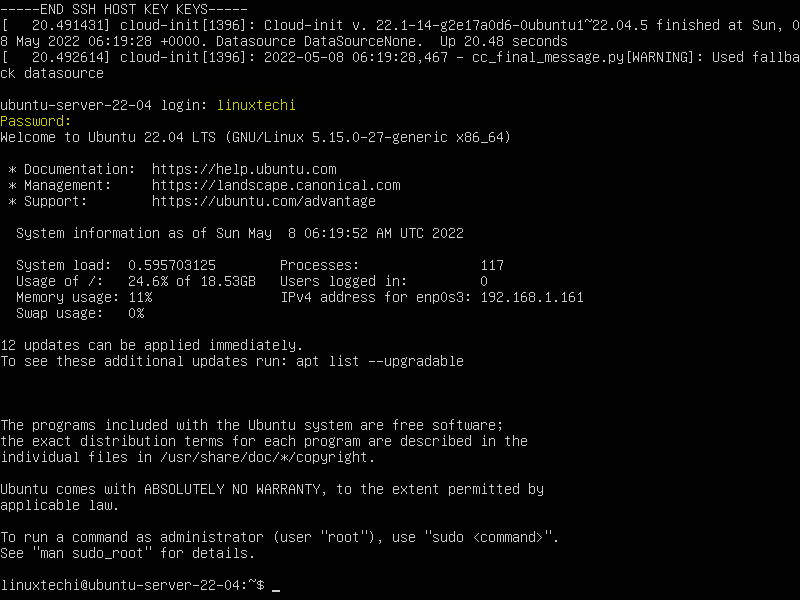
3) Debian
Debian is one of the earliest Linux distributions that is renowned for its rock-solid stability. It comes in three variants: Stable, Unstable, and Testing.
The Debian stable branch is the latest officially released distribution of Debian and is the most popular version for servers and desktop PCs. All packages shipped with this branch have undergone rigorous testing and debugging, and are hence considered ready for production workloads.
Debian server is tailored to be a fast and reliable operating system with an emphasis on security and stability. It’s for this reason that it makes for a perfect choice for server environments. In addition, It provides extensive hardware support with over 59,000 software packages, by far the greatest number of packages provided by any OS.
Just like Ubuntu Server, Debian is lightweight, versatile, and highly stable for enterprise workloads. In fact, it is considered more stable and easier to manage than Ubuntu.
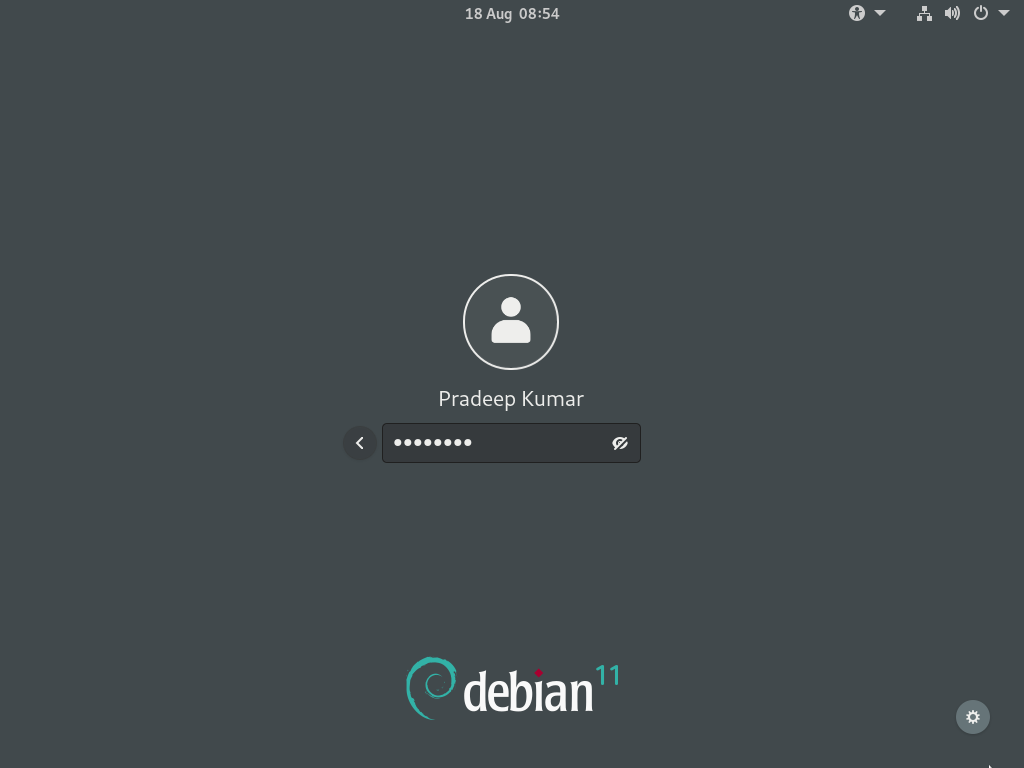
4) SUSE Linux Enterprise Server
Another formidable and worthy contender in providing an excellent platform for servers is SUSE Linux Enterprise Server ( SLES ). The server operating system is created and maintained by SUSE, a German-based organization.
SLES is a commercial distribution that was built to handle enterprise-grade workloads. It is adaptable to any environment and is optimized for stability, reliability, and security. It is highly scalable and allows IT teams to efficiently deploy their applications and services in response to growing business demands.
The latest SLES release provides interoperability with ease of administration. It also provides increased support and compatibility with Docker containers, Kubernetes, and geo-clusters. The latter provides flexibility with high availability allowing IT teams to configure replication clusters that span multiple data center regions.
SUSE Linux Enterprise Server not only supports in-house workloads but is also offered on popular cloud providers including Microsoft Azure, Google Compute Engine, and Amazon Web Services.
5) OpenSUSE Leap
Developed by the OpenSUSE project, OpenSUSE is a non-commercial RPM-based Linux distribution that is developed and maintained by SUSE. OpenSUSE is free and open-source and provides two editions:
- OpenSUSE Leap
- OpenSUSE Tumbleweed
OpenSUSE TumbleWeed is the rolling release version of OpenSUSE. It contains the latest stable applications including an updated kernel, git, SAMBA, desktop applications, and many more. It, therefore, makes a perfect distribution of choice for developers or power users who need to leverage the latest software stacks in their workloads. However, due to frequent kernel updates, it’s not the ideal choice for servers since frequent updates can cause inconsistencies with other third-party driver modules.
OpenSUSE Leap is the preferred OpenSUSE option for servers. It’s an open-source and community-driven distribution that has a slower release cycle and, hence, a better fit than TumbleWeed. It is community-driven and this means that it undergoes rigorous testing before being released.
Leap is comparatively easy to use and offers high performance and stability ideal for handling enterprise-grade workloads. It is a great alternative to commercial server distributions such as SLES and RHEL and allows companies to deploy their workloads both on bare metal and cloud deployments.
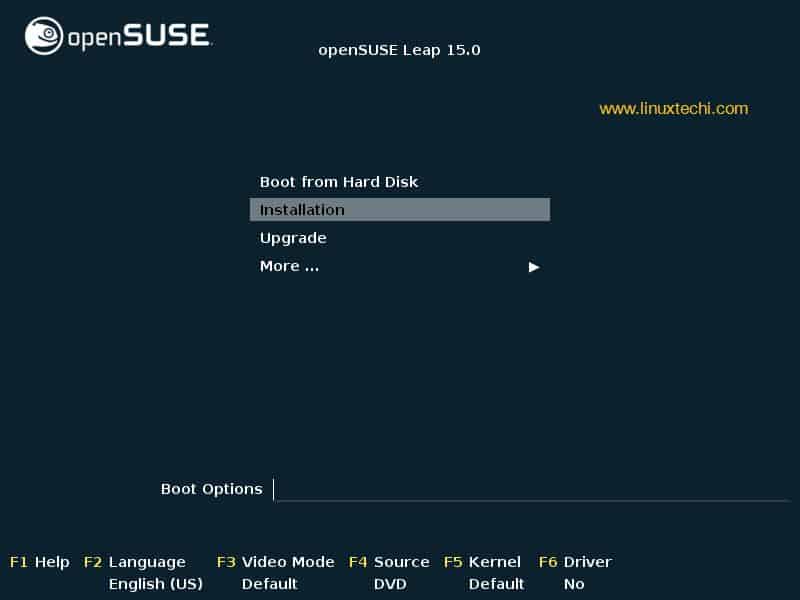
6) Rocky Linux
Rocky Linux is a Linux distribution that was developed as a replacement for CentOS Linux which reached EOL ( End Of Life ) on 31st, December 2021. It is a free and opensource Linux distribution that is enterprise-ready, providing rock-solid stability, reliability, and regular updates with a 10-year support lifecycle at absolutely no cost
Rocky Linux is an enterprise operating system designed to be 100% bug-for-bug compatible with Red Hat Enterprise Linux and is currently under intensive development by the community.
The distribution has gained massive popularity since the untimely discontinuation of CentOS Linux. It can be installed on both servers, and desktop computers. It’s also available in custom-built images on Public cloud providers such as Amazon AWS, and Google Compute Engine.
Rocky Linux developers have availed a migration script that allows users to migrate from other enterprise editions such as CentOS Linux and Oracle Linux to Rocky Linux.
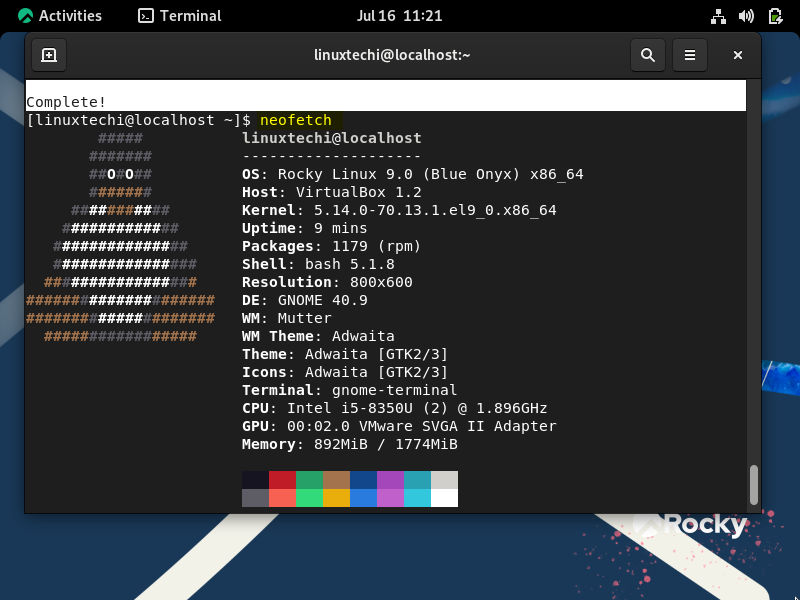
7) AlmaLinux
Another alternative that was developed to plug in the gap left by CentOS Linux is AlmaLinux. This is yet another enterprise operating system that is completely free and opensource.
AlmaLinux was originally created by CloudLinux but is currently community driven. It offers a production-grade enterprise operating system that is 1:1 binary compatible with Red Hat Enterprise Linux (RHEL). In a nutshell, it’s a clone of RHEL and provides rock-solid stability and benefits that come with RHEL at no cost.
Being an Enterprise-grade server OS, AlmaLinux can comfortably run heavy and critical workloads. In addition, it provides regular releases that come with long-term support.
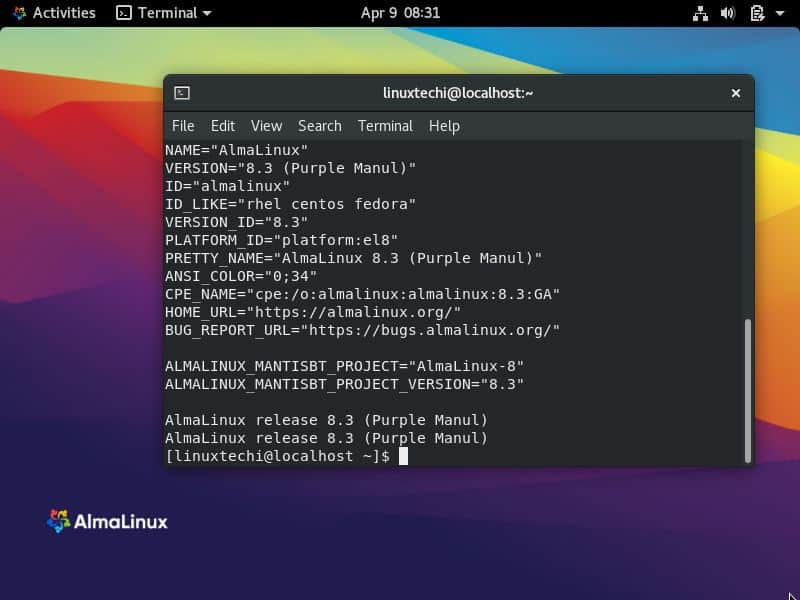
8) Oracle Linux
Developed by Oracle Corporation, Oracle Linux is a secure and high-performance operating system that is compiled from RHEL source code. It is optimized for hybrid and multi-cloud deployments, and just like Rocky and AlmaLinux, Oracle Linux is 100% binary compatible with Red Hat Linux.
Oracle Linux is a viable option for data centers and certainly a perfect replacement for CentOS which reached EOL. It is rock-solid stable and posts incredible performance ideal for enterprise applications.
Unlike Commercial Linux distributions such as RHEL and SUSE, Oracle Linux is completely free to download, use and redistribute. It is available under the GNU General Public License (GPLv2)
9) Fedora Server
Fedora is a free and open-source Linux distribution that is developed and maintained by Fedora Project which is sponsored by Red Hat.
Fedora serves as the upstream, community distribution of Red Hat Enterprise Linux. All the applications go through rigorous testing before they are pushed to RHEL. As such, it is referred to as a ‘Bleeding Edge’ operating system. This implies is regularly gets the latest software applications and updates.
For a long time, Fedora has been popular for its Workstation Edition which was built for laptop and desktop computers. Over time, it has expanded to include other editions such as Fedora Server, Fedora IoT, and Fedora CoreOS.
Fedora Server is a robust, reliable, and flexible operating system that ships with the best and latest data center technologies. As a leading-edge edition, it offers the very latest technologies in the open-source community. It is easy to install, set up, and administer using various tools such as Cockpit web console.
Fedora is also fast, remarkably stable, and secure. It works just fine for production and enterprise workloads. New releases of Fedora are pushed out once every 6 months.
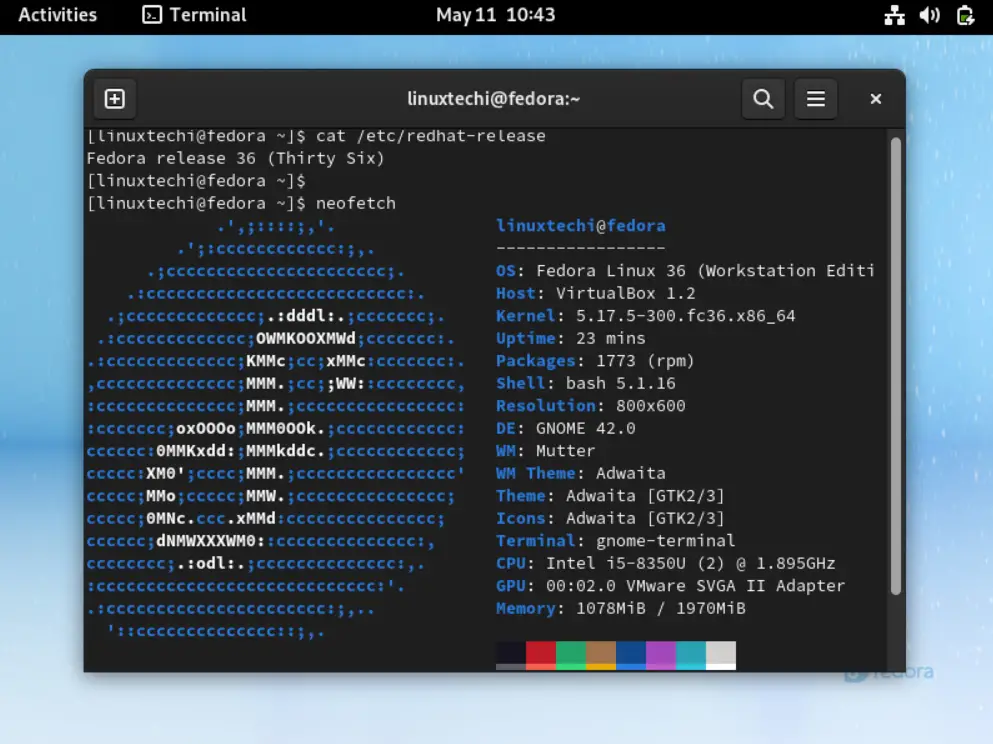
10) Fedora CoreOS
Last on our list is Fedora CoreOS. This is a minimal operating system that is optimized specifically for running containerized applications and workloads. According to its home page, it touts itself as “an automatically-updating, minimal operating system for running containerized workloads securely and at scale.”
By default, it ships with both podman and docker and comes in three release streams namely: Stable, Testing, and Next. You can get images for bare-metal servers and virtualized environments as well as cloud images that are hosted by major cloud providers such as Amazon Web Service (AWS) and Google Cloud Platform (GCP).
Conclusion
That was a round-up of the best Linux distributions for servers. We hope you found this guide insightful. Any thoughts on our guide? Your feedback is very much welcome.
The post Top 10 Linux Distributions for Servers in 2023 first appeared on .
